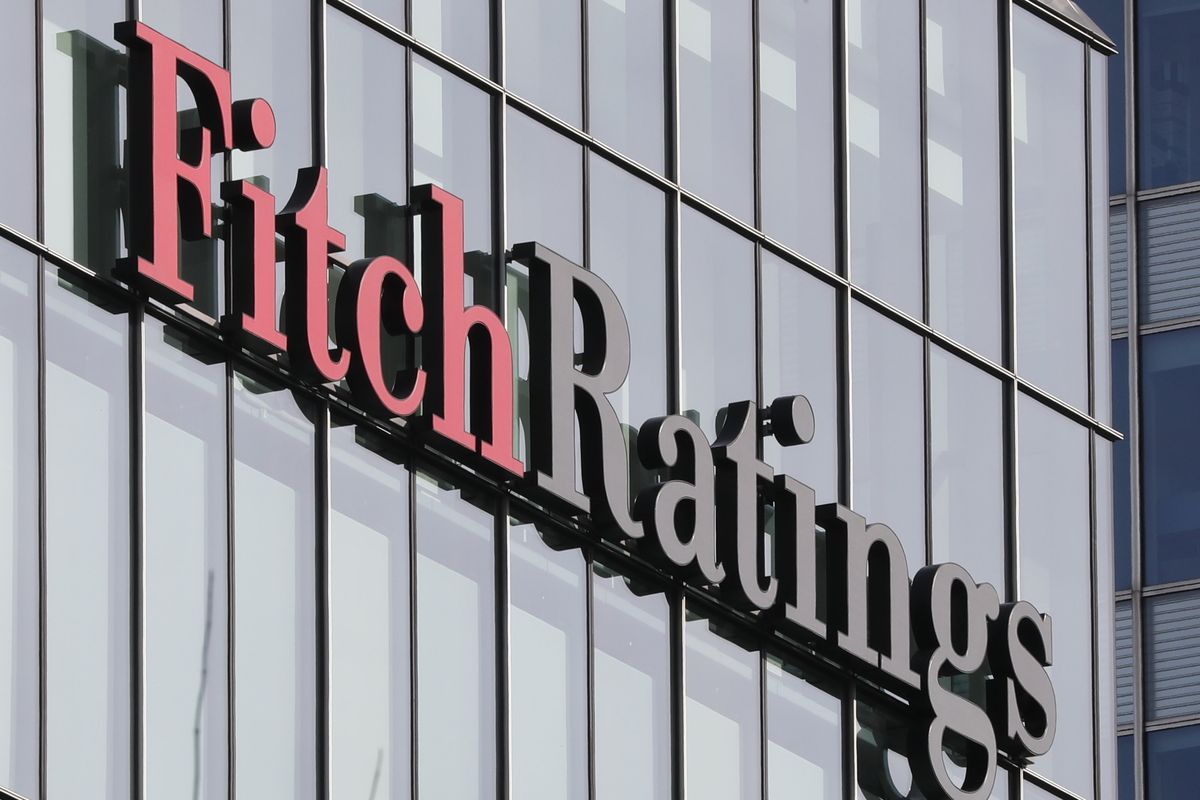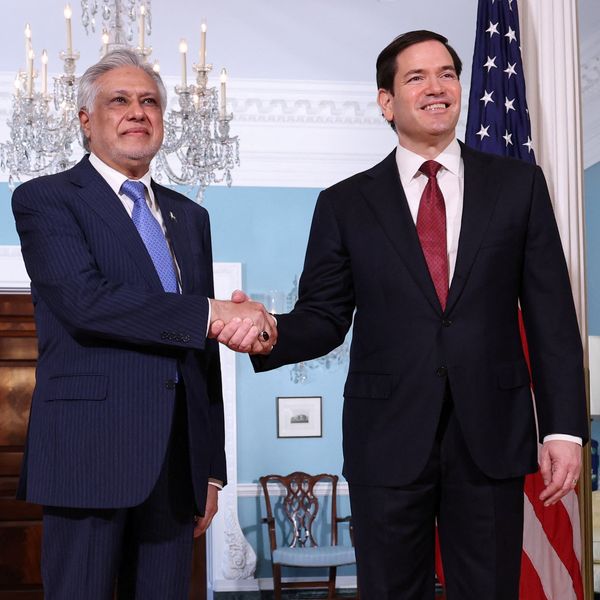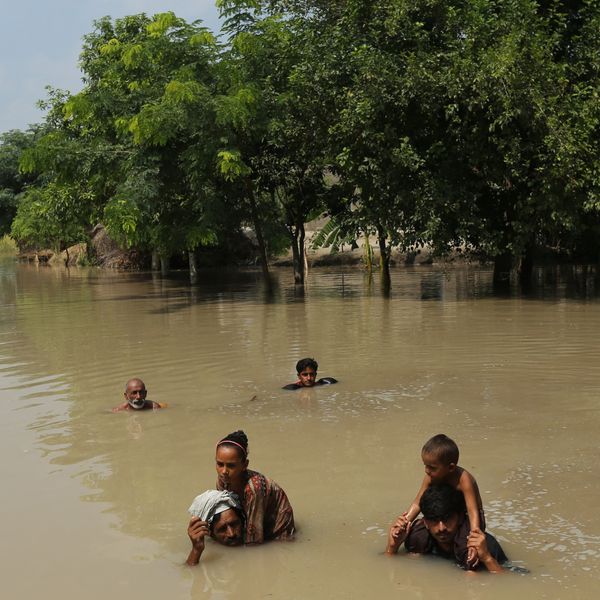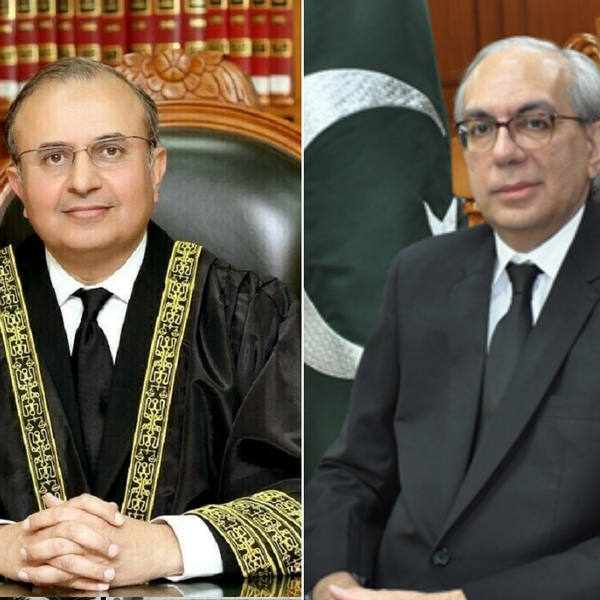Pakistan’s development spending to rise in FY25, still fall short of unlocking growth: Fitch
Government projects further deficit reduction in FY26, ratings agency warns of economic and political risks
Business Desk
The Business Desk tracks economic trends, market movements, and business developments, offering analysis of both local and global financial news.

Pakistan’s fiscal deficit is expected to continue narrowing, supported by stronger-than-expected performance in the fiscal year ending June 2025 (FY25), according to a report by Fitch Ratings.
The government’s draft budget, released June 11, projects the combined federal and provincial fiscal deficit to decline to 5.6% of GDP in FY25, down from 6.9% in FY24. The improvement was driven by higher federal tax revenue, which met budgeted targets as a share of GDP, though falling inflation caused a shortfall in nominal terms.
Fitch noted that Pakistan’s fiscal performance was also bolstered by increased non-tax revenue from the State Bank of Pakistan (SBP), aided by repo operations that facilitated government debt purchases at high interest rates. However, development spending remained below targets.
While the FY25 estimates align broadly with International Monetary Fund (IMF) benchmarks under Pakistan’s Extended Fund Facility, tax revenue still falls slightly short of IMF indicative targets. The next program review is set for September.
The government forecasts a further reduction in the deficit to 3.9% of GDP in FY26, citing lower interest costs and expanded tax collection efforts. Defence spending is expected to rise modestly in real terms, while development spending, though higher than FY25 levels, remains insufficient to address long-term growth constraints.
Fitch’s projections are more cautious, anticipating a 5% deficit in FY26 due to weaker growth expectations and slower progress on tax reforms. The agency forecasts GDP growth at 3.5% in FY26, below the government’s 4.2% target.
“Pakistan’s ability to meet previous revenue targets suggests potential for outperformance, but implementation risks persist,” Fitch said. Political and security challenges, along with technical hurdles in digitalization, could hinder reforms.
In April, Fitch upgraded Pakistan’s rating to ‘B-’ with a Stable Outlook. Further improvements could follow if debt and external financing risks ease, while setbacks could trigger negative rating action.










Comments
See what people are discussing